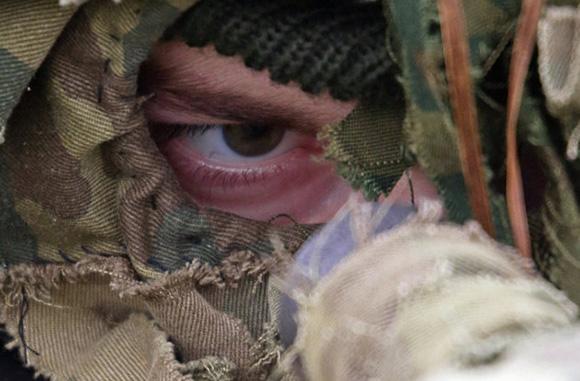La Zaslon (Screen) could be in Syria as a precautionary measure for any eventuality. The presence of operators Zaslon, at the Russian embassy in Damascus, in Omar Ben Al-Khattab street, it would seem to be more than an indiscretion.
The security of secret service agents is guaranteed by diplomatic immunity (this explains their deployment in embassies). However, the other side of the coin is their limited freedom of action. The counter-intelligence services of the host countries are usually aware of the identity of the "spy" diplomats and are therefore "controlled". But for the Zaslons, the speech is totally different because unlike the advertised Alfa and Vympel, their existence is denied by the Russian government itself. It is the most secret unit among the "spetsgruppy" formed by the 300 to the 500 undercover operators.
Officially it does not exist. He reports directly to the "S" directorate, responsible for all the missions of agents under maximum cover around the world. There Zaslon it's a kind of insurance policy if things go wrong. Composed exclusively of Specnaz with at least fifteen operational missions abroad, it was incorporated in the 1999 as a special unit under the exclusive dependencies of the International Intelligence Service (Foreign Intelligence Service) which inherited the competencies of the First Central Directorate. The SVR directs political, strategic, economic and military espionage operations from its headquarters in Moscow's Yasenovo district.
It is no accident that the creation of Zaslon coincide with the rise of Putin. Under the former Lieutenant Colonel of the KGB, Russian secret services and special departments have reached a new professional standard, through the massive use of advanced technology. Trained to operate abroad (each operator must perfectly know at least four languages), their missions range from the murder to the rescue of hostages, from the recovery of data sensitive to counterespionage. The operators Zaslon they do not have their own uniform, a crest or a badge that can distinguish them from the other units. They wear civilian clothes and, when the mission requires it, they have the right to use any uniform of the Russian (and other) armed forces. We know that they are normally deployed in high-risk embassies and that a certain number of Zaslon would operate in Damascus in the role of consultancy and intelligence in support of the Syrian Mukhabarat (secret service). If something should go wrong, ai Zaslon it is up to the task of resolving the crisis, with the least exposure of the Kremlin, exfiltrating diplomats and sensitive material. If required, they are allowed to use lethal force.
The presence of the Zaslons - write on the intelligence site IHS Jane - was confirmed during the last days of Saddam Hussein's dictatorship. Their mission was to recover documents, military technology and anything else that exposed Moscow to the Americans. Zaslon escorted former Foreign Intelligence Service director Mikhail Fradkov during his visit to Damascus last year. The Zaslon also has the task of eliminating the cells that have directly or indirectly affected the Russian diplomatic corps.
Zaslon, in the 2006, would go into action to eliminate the perpetrators of the murder of four Russian diplomats in Iraq. Behind the death of Alexander Litvinenko, the former secret agent who later became Putin's bitter enemy, there would be agents Zaslon. If Putin's most secret weapon was truly deployed in Syria, the Russians could have a dual objective: to cover Moscow from public opinion and the international community and to bring back sensitive technology projects handed over to the Syrians.
Then there would be a third goal, perhaps the one closest to reality. Behind the unconditional support for Assad, Moscow would be ready to intervene should the government fall.












